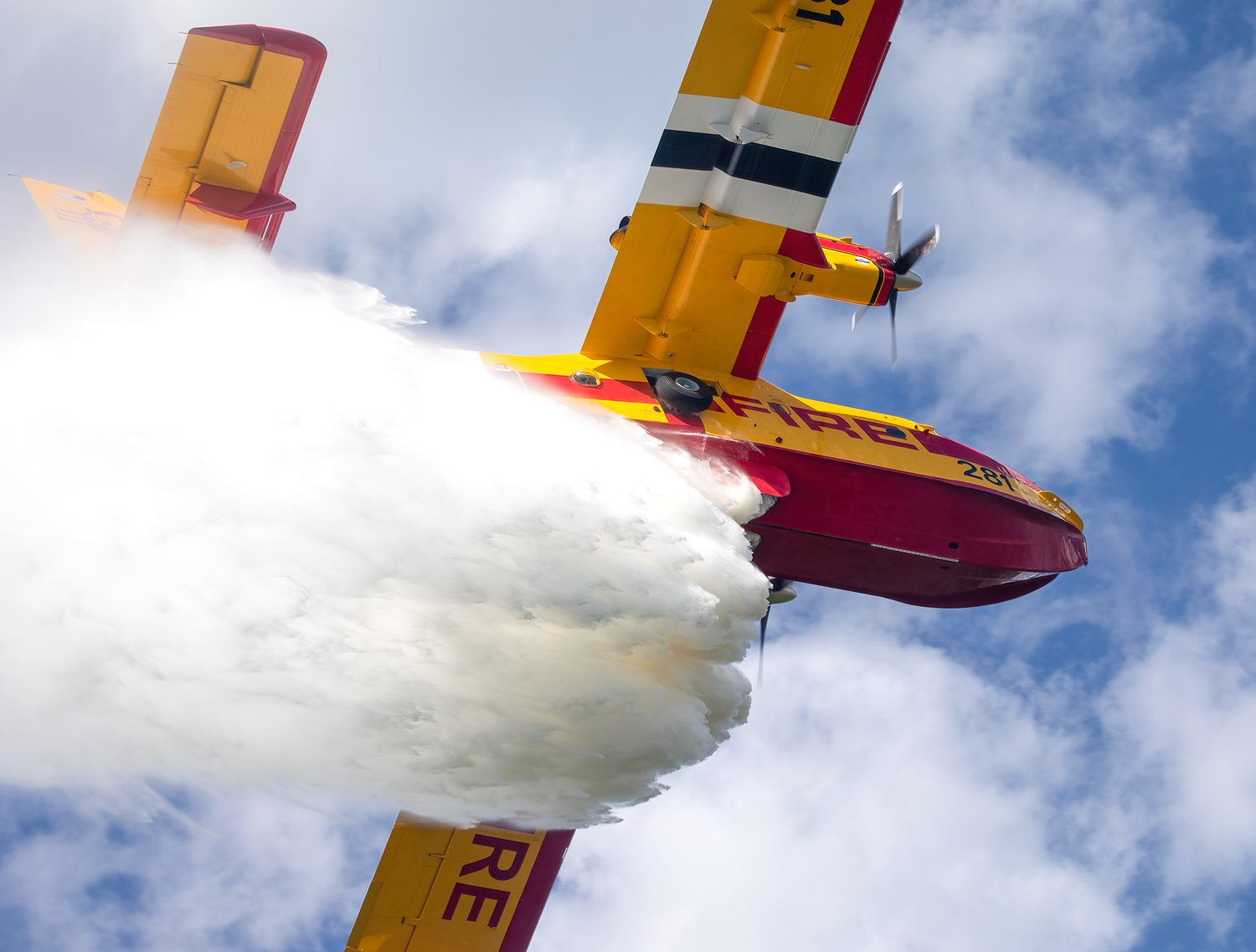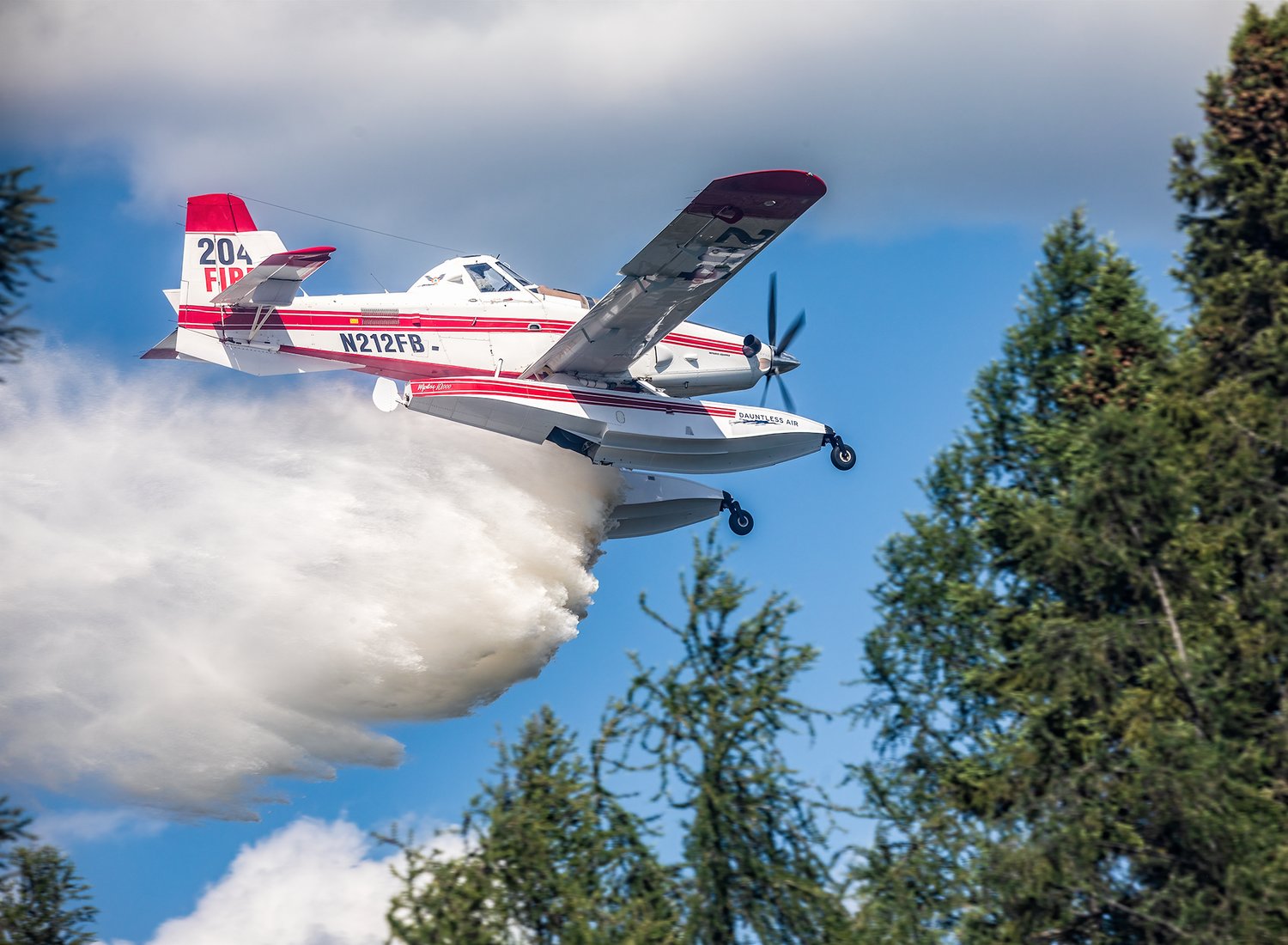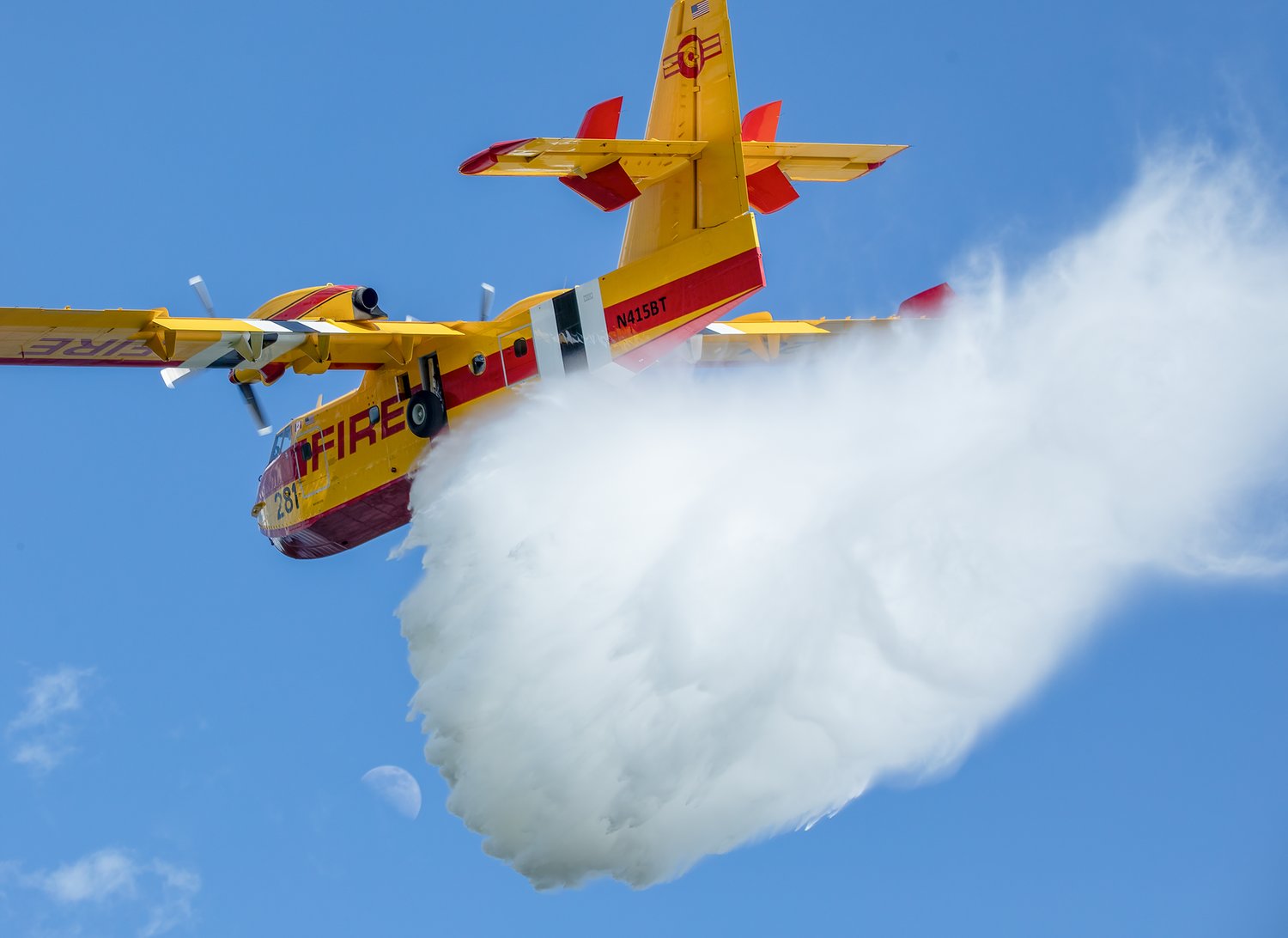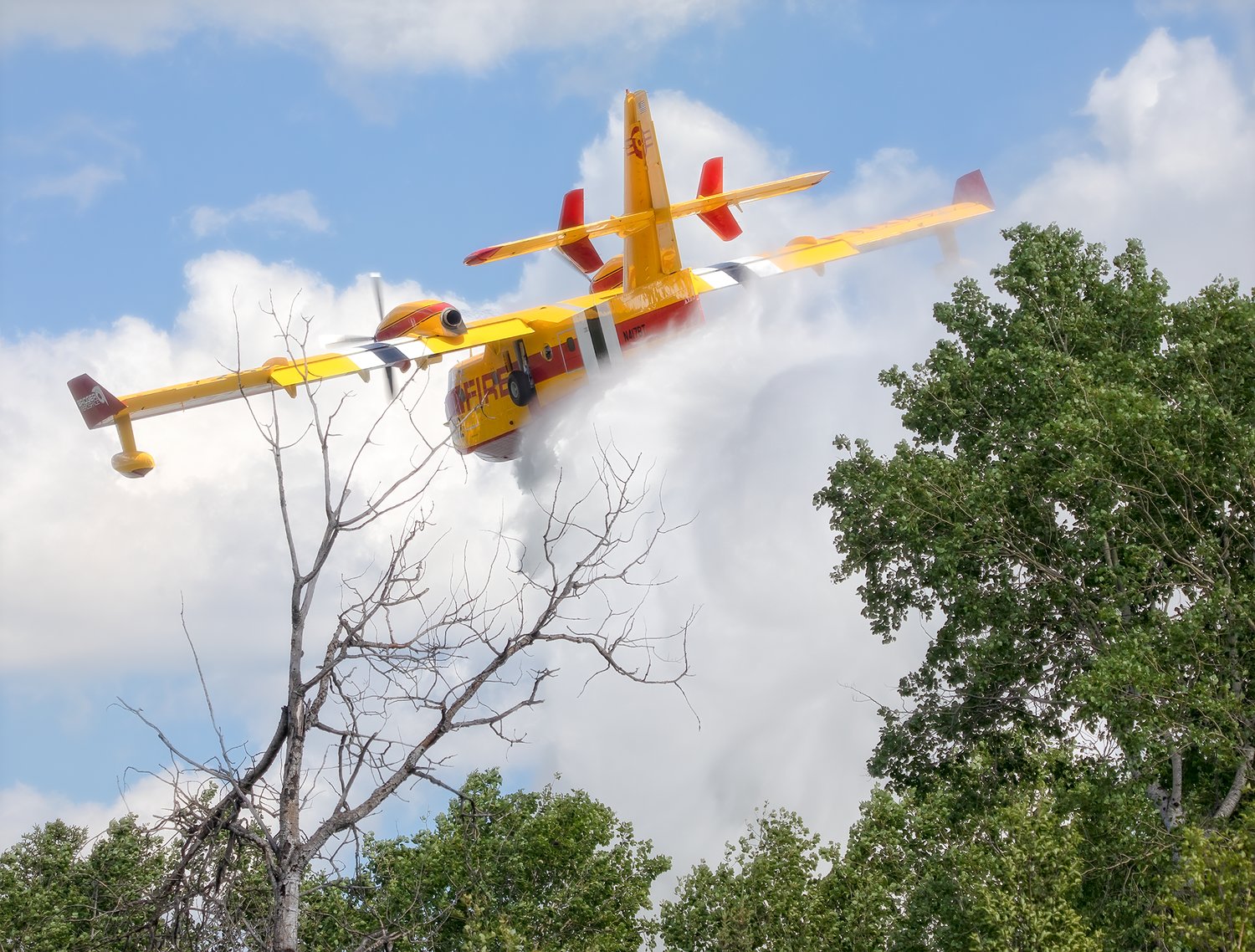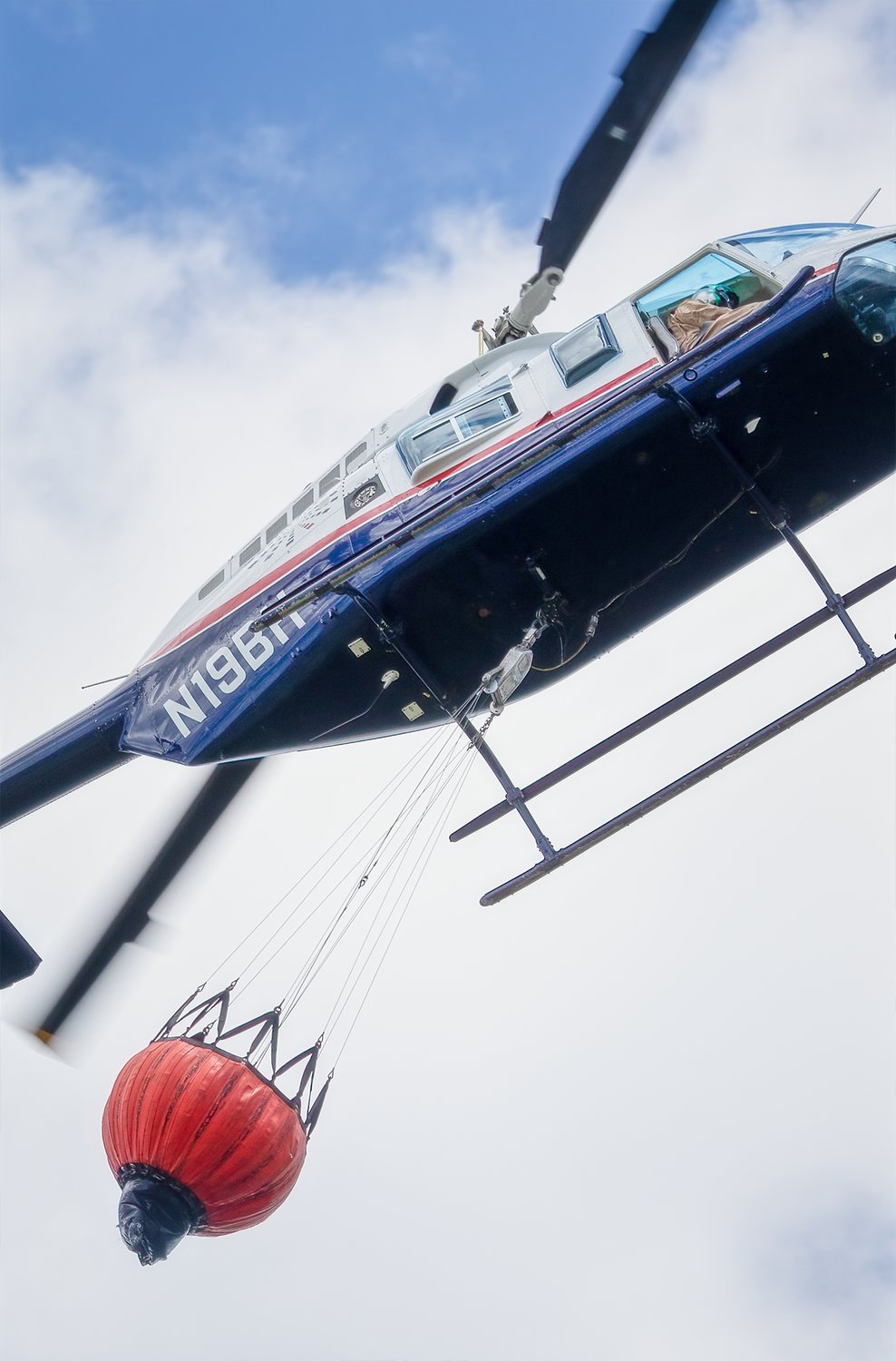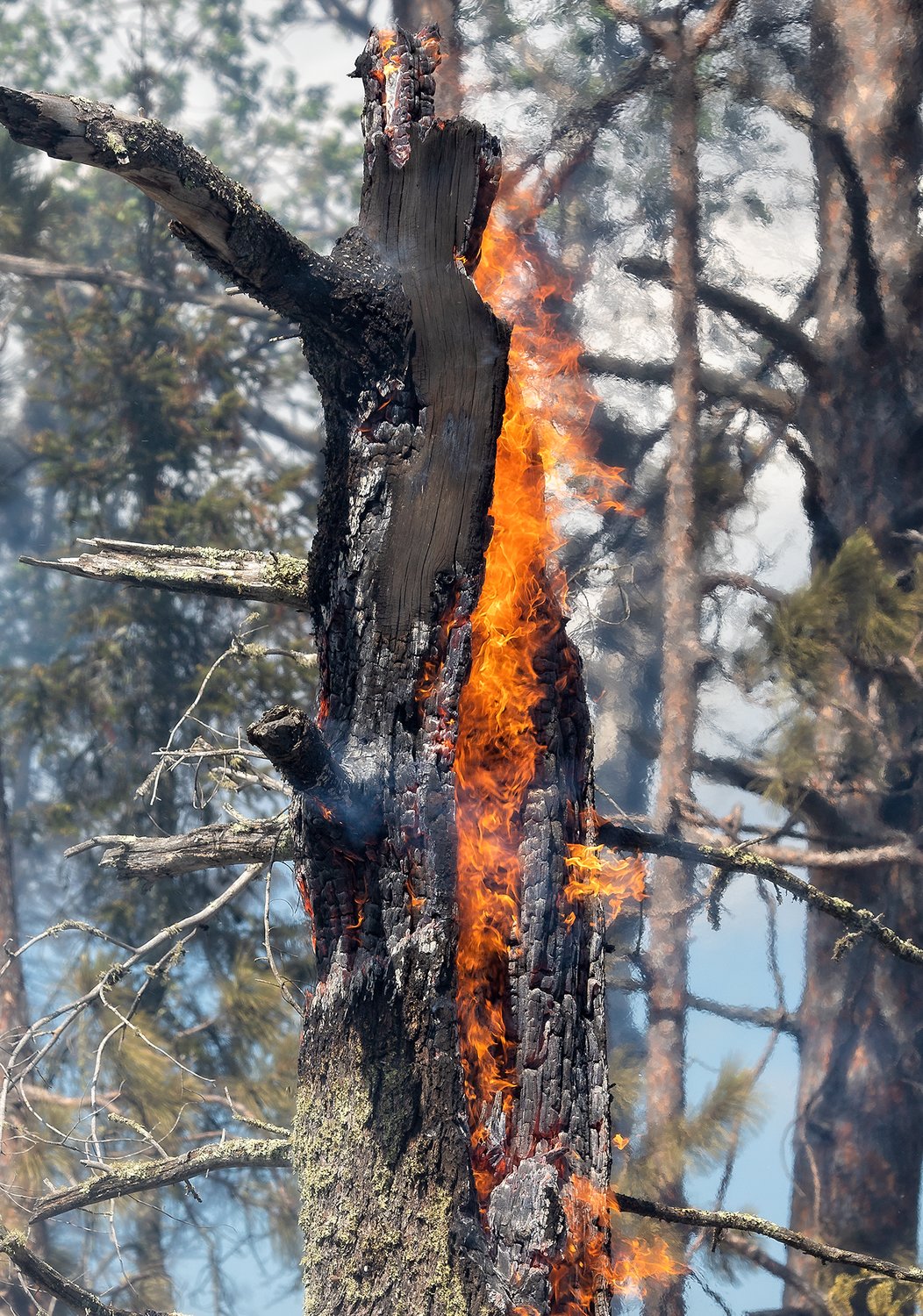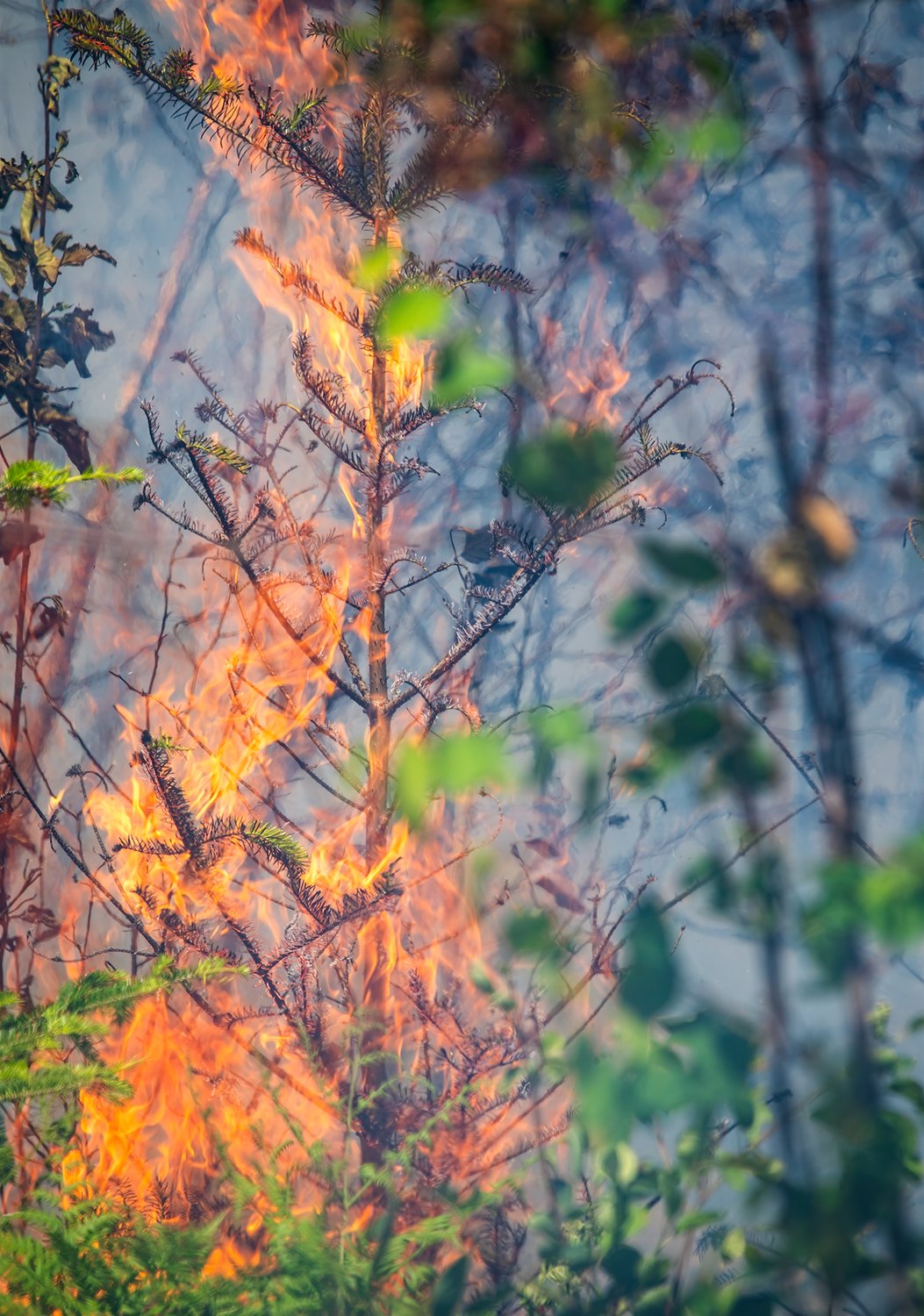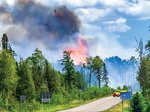Support the Timberjay by making a donation.
Quick response saves the day
Aerial assault contains Embarrass blaze despite extreme fire weather
EMBARRASS- It was bad timing for a wildfire. With high winds, low humidity, and tinder dry woods, the 60-acre blaze southeast of the Four Corners intersection, sparked by a downed powerline last …
This item is available in full to subscribers.
Attention subscribers
To continue reading, you will need to either log in to your subscriber account, or purchase a new subscription.
If you are a current print subscriber, you can set up a free website account and connect your subscription to it by clicking here.
If you are a digital subscriber with an active, online-only subscription then you already have an account here. Just reset your password if you've not yet logged in to your account on this new site.
Otherwise, click here to view your options for subscribing.
Please log in to continue |
Quick response saves the day
Aerial assault contains Embarrass blaze despite extreme fire weather
EMBARRASS- It was bad timing for a wildfire. With high winds, low humidity, and tinder dry woods, the 60-acre blaze southeast of the Four Corners intersection, sparked by a downed powerline last Friday, could have been worse— much worse.
Which is why fire officials unloaded everything they had on the would-be conflagration, with a massive aerial assault that knocked the fire down by later that evening. Fire crews continued to work the site much of this week to put out the last remaining hot spots.
Called the Rahkola Road fire for the small strip of forest between that road and Hwy. 135 where it started, winds gusting in excess of 40 mph contributed to its cause and rapid spread.
“It started from just a small tree on a power line,” Embarrass Fire Chief Tom Martin said. “Because of the winds it blew up pretty quick. Once it got into the forest on the other side of the highway, east of 135, it got nasty in a hurry. That’s the point where it was getting near structures, so residents were evacuated.”
While Embarrass and Pike-Sandy-Britt firefighters worked to protect outbuildings and homes from catching fire, responders from the Minnesota Department of Natural Resources and U.S. Forest Service started in on the main fire and, given the low humidity and high winds, the call for air support went out almost immediately, Martin said.
“I’ve actually never seen that number of aircraft on one fire before,” he said.
Two helicopters were the first to arrive, followed shortly by white-and-red Fire Boss water tankers, eventually four in all. Right on their heels was the first of four huge CL-415 “Super Scooper” aircraft which filled their 1,400-gallon water tanks on the fly while skimming the surface of Lake Vermilion. Flying in tandem as close as 15 seconds apart, the Super Scoopers made drops on average about every eight minutes throughout the late afternoon. Another small plane constantly circled high above the fray to coordinate efforts.
The air show drew about a dozen vehicles full of amazed spectators to a Four Corners parking lot, and another crowd assembled at Hoodoo Point on Lake Vermilion to watch the planes swoop in for fresh loads of water. Social media sites were soon awash in pictures and video of the effort.
But not all of the water needed to suppress the fire could be dumped from the air, and Embarrass crews moved into support mode, repeatedly filling two tenders by pumping water from the Pike River to refill three 2,100-gallon portable pools set up to support the ground efforts. Martin estimated that his crews transported between 15,000 and 20,000 gallons of water on Friday. They transported an additional 5,000 to 8,000 daily from Saturday through Monday.
Meanwhile, bulldozers also established a fire line around the perimeter of the blaze. All of the focused effort in the air and on the ground paid off, as the Rakhola Road fire was under control by 10 p.m. Friday and no longer posed an immediate threat, Martin said.
However, when Minnesota Incident Command System Team C assumed command of the response from DNR on Saturday, the fire was still considered to be only 20 percent contained. Public information officer Sarah Shapiro explained why.
“Although a dozer line or state highway encircle the burned area of the Rahkola Road Fire, a significant portion of the dozer line is ‘indirect fire line,’” she said. “This means that there is unburned fuel (grass, brush and timber) between the burned area and the dozer line. Until the fire is extinguished in these areas of indirect control line and the fire is unlikely to spread this fire will not be considered 100 percent contained.”
Between 50 and 60 people worked each day from Saturday through Tuesday to patrol the scene and search for heat pockets to extinguish. They also had air support from a plane with infrared heat-detection equipment that flew reconnaissance flights to direct firefighters to hot spots. Light rain that fell throughout the day on Sunday aided their efforts.
“After Friday it was mostly mop-up,” Martin said. “They were making sure it didn’t get down into the root systems and peat, because then you would have a super long-term fire instead of a short-term event.”
With the fire considered to be 95 percent contained on Tuesday, Shapiro said MNICS would be transferring command to the Tower DNR Forestry office on Wednesday.
This isn’t the first wildfire Embarrass firefighters have tackled this year, and while he would be glad if it were the last, Martin said dry conditions won’t likely disappear any time soon.
“This is a big area, and every time the wind blows up all it takes is one tree to touch a line,” Martin said. “Everything looks nice and green, but we didn’t get much snow last winter, so soil moisture is really lagging behind, and we went into the winter dry. It doesn’t take much to get a fire going.”

